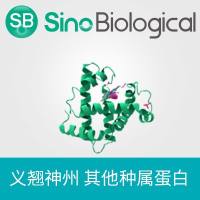Delineating Protease Functions During Cancer Development
互联网
436
Much progress has been made in understanding how matrix remodeling proteases, including metalloproteinases, serine proteases, and cysteine cathepsins, functionally contribute to cancer development. In addition to modulating extracellular matrix metabolism, proteases provide a significant protumor advantage to developing neoplasms through their ability to modulate bioavailability of growth and proangiogenic factors, regulation of bioactive chemokines and cytokines, and processing of cell–cell and cell–matrix adhesion molecules. Although some proteases directly regulate these events, it is now evident that some proteases indirectly contribute to cancer development by regulating posttranslational activation of latent zymogens that then directly impart regulatory information. Thus, many proteases act in a cascade-like manner and exert their functionality as part of a proteolytic pathway rather than simply functioning individually. Delineating the cascade of enzymatic activities contributing to overall proteolysis during carcinogenesis may identify rate-limiting steps or pathways that can be targeted with anti-cancer therapeutics. This chapter highlights recent insights into the complexity of roles played by pericellular and intracellular proteases by examining mechanistic studies as well as the roles of individual protease gene functions in various organ-specific mouse models of cancer development, with an emphasis on intersecting proteolytic activities that amplify programming of tissues to foster neoplastic development.









